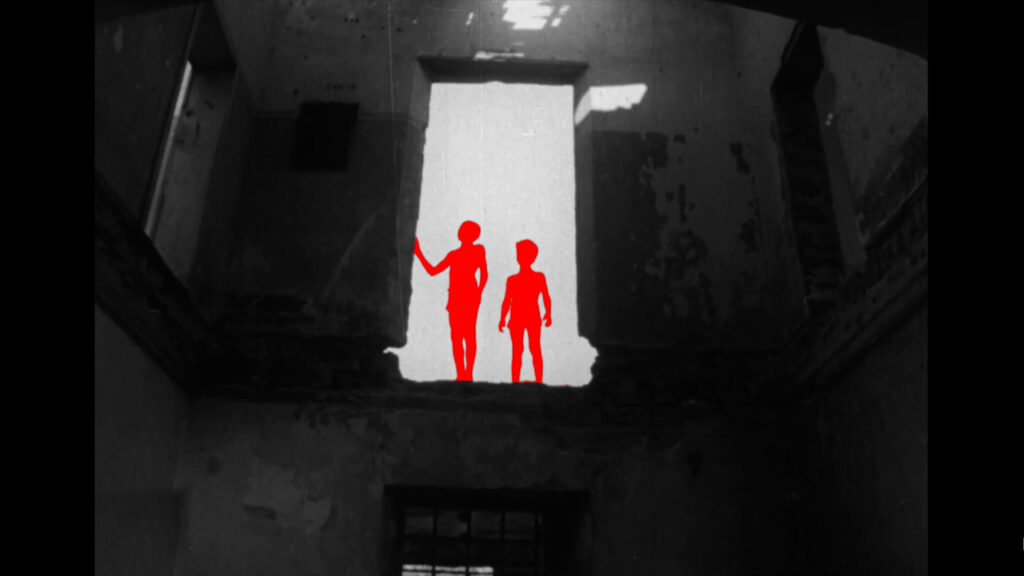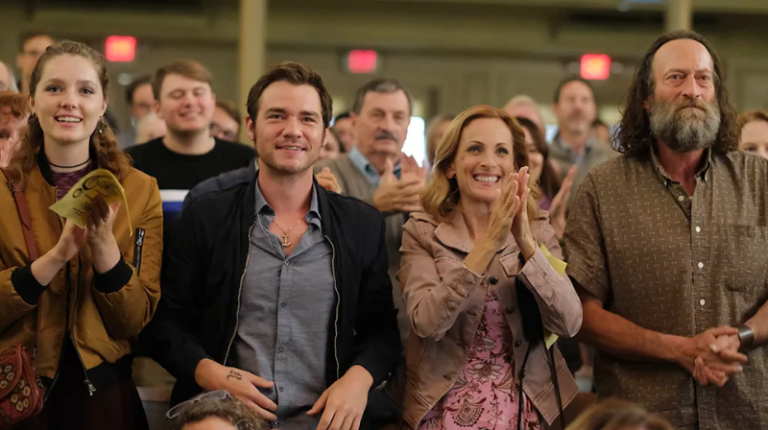A Fidai Film: Reclaiming History, Reimagining Resistance
Kamal Aljafari’s A Fidai Film is more than a documentary—it’s a bold reclamation of Palestinian history. Using footage looted by Israeli forces during the 1982 invasion of Lebanon, Aljafari transforms stolen archives into a powerful act of resistance. Watching this 78-minute film, I was struck by how deeply it resonates, not just as a historical exploration but as a call to honor stories that have been erased.
Visuals as Acts of Defiance
The word fidai means “freedom fighter,” and Aljafari’s approach fully embodies that spirit. Instead of presenting the footage as-is, he overlays it with striking red imagery and digitally imposed flames. These visuals, however, do more than demand attention. They confront viewers with the injustice of looted archives and the resilience required to reclaim them.
As I watched, I saw how these reimagined visuals turned fragments of the past into something alive and urgent. For example, the bold red overlays felt like a visual shout, reminding us that these images cannot be ignored. They no longer serve as mere relics; they act as weapons of truth, rewritten by a filmmaker who refuses to let history remain forgotten.
A Soundscape That Speaks Volumes
Without traditional narration or dialogue, A Fidai Film depends heavily on its haunting soundscape, crafted by Attila Faravelli and Jochen Jezussek. The sounds, which echo loss, resilience, and defiance, guide the audience through each scene. As a result, every crackle, hum, and silence amplifies the images’ weight. Together, the visuals and sounds create a sensory experience that continues to resonate long after the screen fades to black.

For those unfamiliar with Aljafari’s work, this film is an excellent introduction. For more insights into his unique approach, visit Cineuropa.
Why A Fidai Film Matters
This film doesn’t just examine history—it preserves it. Watching A Fidai Film felt like witnessing an act of survival. Aljafari actively reclaims these stolen archives and reframes them as a testament to Palestinian resilience.
As someone passionate about cultural preservation and amplifying marginalized voices, I found this film deeply moving. Most importantly, it reminds us that history doesn’t belong solely to those who record it—it belongs to those who fight for it. A Fidai Film urges us to question narratives, honor untold stories, and stand with those who resist erasure.
Closing Thoughts
Kamal Aljafari’s A Fidai Film offers a necessary watch for anyone who values art as activism. Its sobering yet inspiring narrative invites us to reflect on storytelling’s power in reclaiming identity. Whether you already know this history or are encountering it for the first time, this film will leave you thinking—and feeling—for days.
For insights into another powerful story about resistance, check out my review of The Ballad of Suzanne Césaire.



